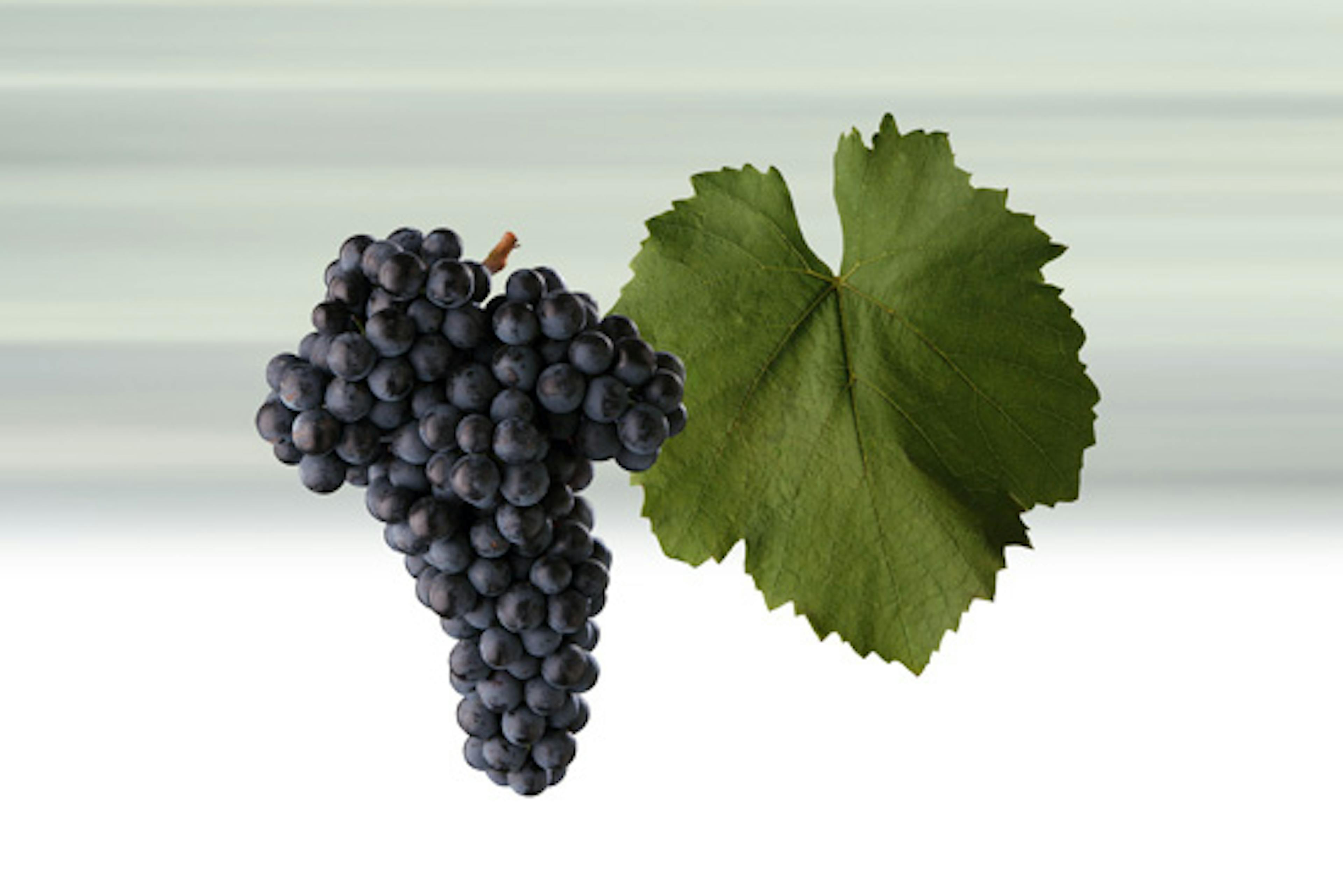Variety detail
Frankovka (Lemberger)
Basic characteristics of wine
Frankovka is a very old variety which probably originates from Austria, but it is said that it may come from Germany, France or Slovenia. In our country it is grown exclusively in Moravia, the most widespread is in Velkopavlovice and Slovácko, but the best Frankovka comes from Mikulov region.
Colour
It is usually rich, intense ruby.
Wine aroma
It contains fruit tones reminiscent of plums, cherries or forest fruits such as blackberries. In the background we usually find tones of black spice.
Taste
It is usually full, rich and extractive with a higher tannin, which predestines Frankovka for long-term archiving. This also makes it beautifully velvety and soft.
Food and wine pairing

Wine profile
Interesting wines
About
It is highly likely that this variety has origins in Austria and that the ancient Heunisch grape variety stood at its birth. It is principally cultivated in central European wine regions. Its synonyms are: Blaufränkisch, Blauer Limberger, Lemberger, Kékfrankos, Crna Moravka. In this country it is grown only in Moravia because of its late-ripening properties.
Wines frequently have a light or even on occasion a dark-ruby hue with violet tinges.
Vines are vigorous, having steady upright growth, longer internodes and large, dark-green leaves that are three-lobed. The wood matures well, resistance to frost is good and to grey rot also. Bunches are large, winged and loose. Berries are medium, round, blue-black in colour. Taste is decidedly spicy. The bunches sometimes suffer from drying of the stems. This variety needs the best and driest vineyard positions and tolerates calcium.
Wines frequently have a light or even on occasion a dark-ruby hue with violet tinges. In young wines there is a grassy aroma, which evolves into blackberry during maturation. The wines made from the Lemberger variety are always somewhat more acidic than the average red wine and at the outset have hard tannins. This reality leads producers of quality wine to cut the yields substantially and to classify their grapes according to quality. They also increase the length of time the wine macerates on the skins so as to obtain the greatest possible extract. To this end they also make their wine undergo malo-lactic fermentation in the search for a greater degree of red-wine character, without sacrificing any of the spiciness and tones of full fruit. At the same time they allow their wine to mature for longer in barrels. Wines can be laid down to mature slowly in bottles.
Depending on the ripeness of the grapes wines of the Lemberger cultivar makes for very good daily drinking and is thoroughly food-friendly
Depending on the ripeness of the grapes wines of the Lemberger cultivar makes for very good daily drinking and is thoroughly food-friendly, going well with the entire range of everyday dishes. When mature, and if they are from a good vintage, they make a formidable match for roasts, game, duck, goose, goulash, liver and kidneys, spicy vegetable dishes, polenta, mature and cream cheeses, pasta and some pizzas.
Basic characteristics of quality wines:
Dark ruby colour. In young wines the high acidity dominates over other characteristics. Once over the harder tones of youth one will find spiciness combined with fruitiness and an extractive expression typical of red wines from the northernmost wine regions. In the best vintages wines show a nice and smooth character.
Translation © Helena & John Baker 2004.





